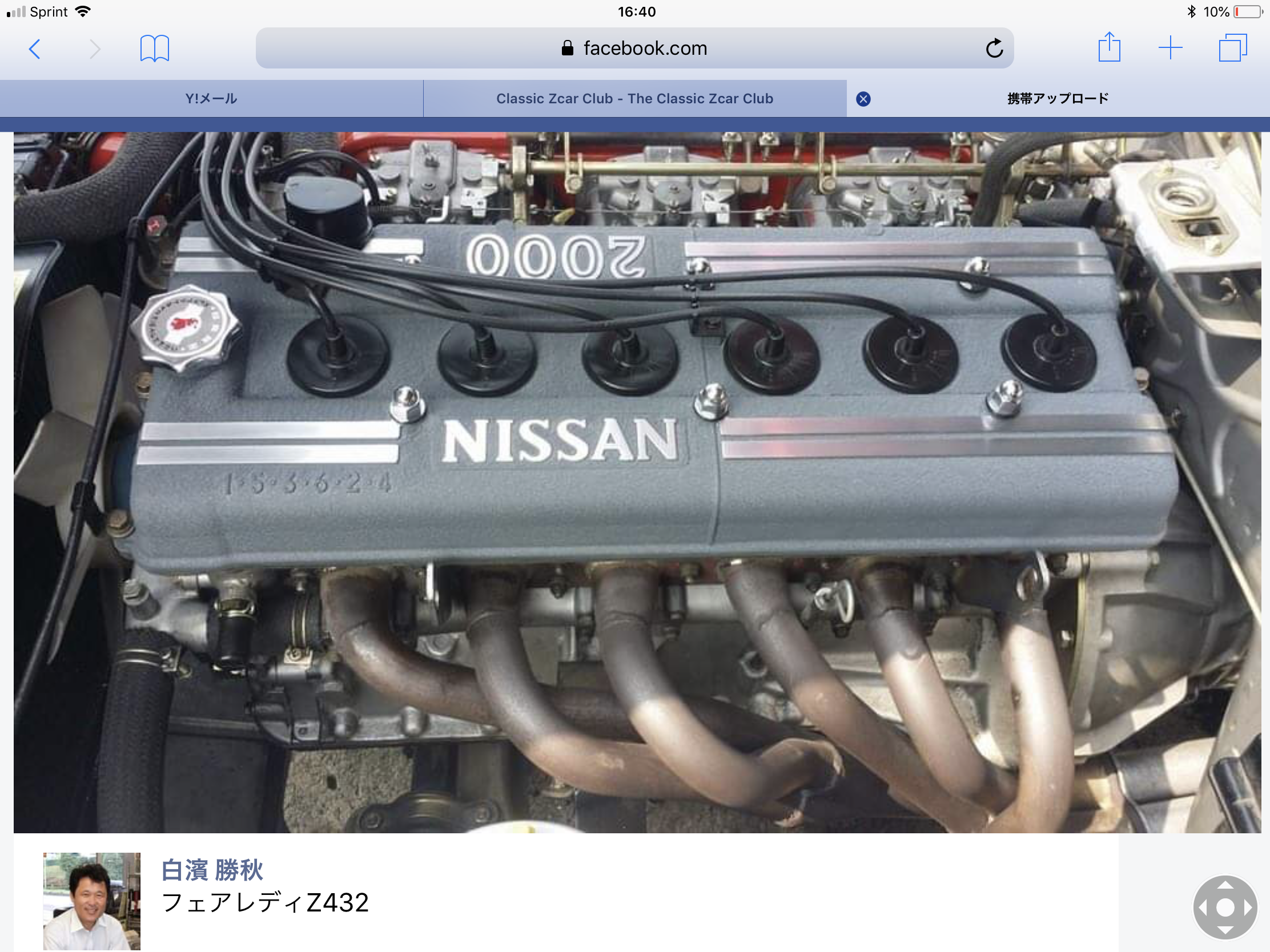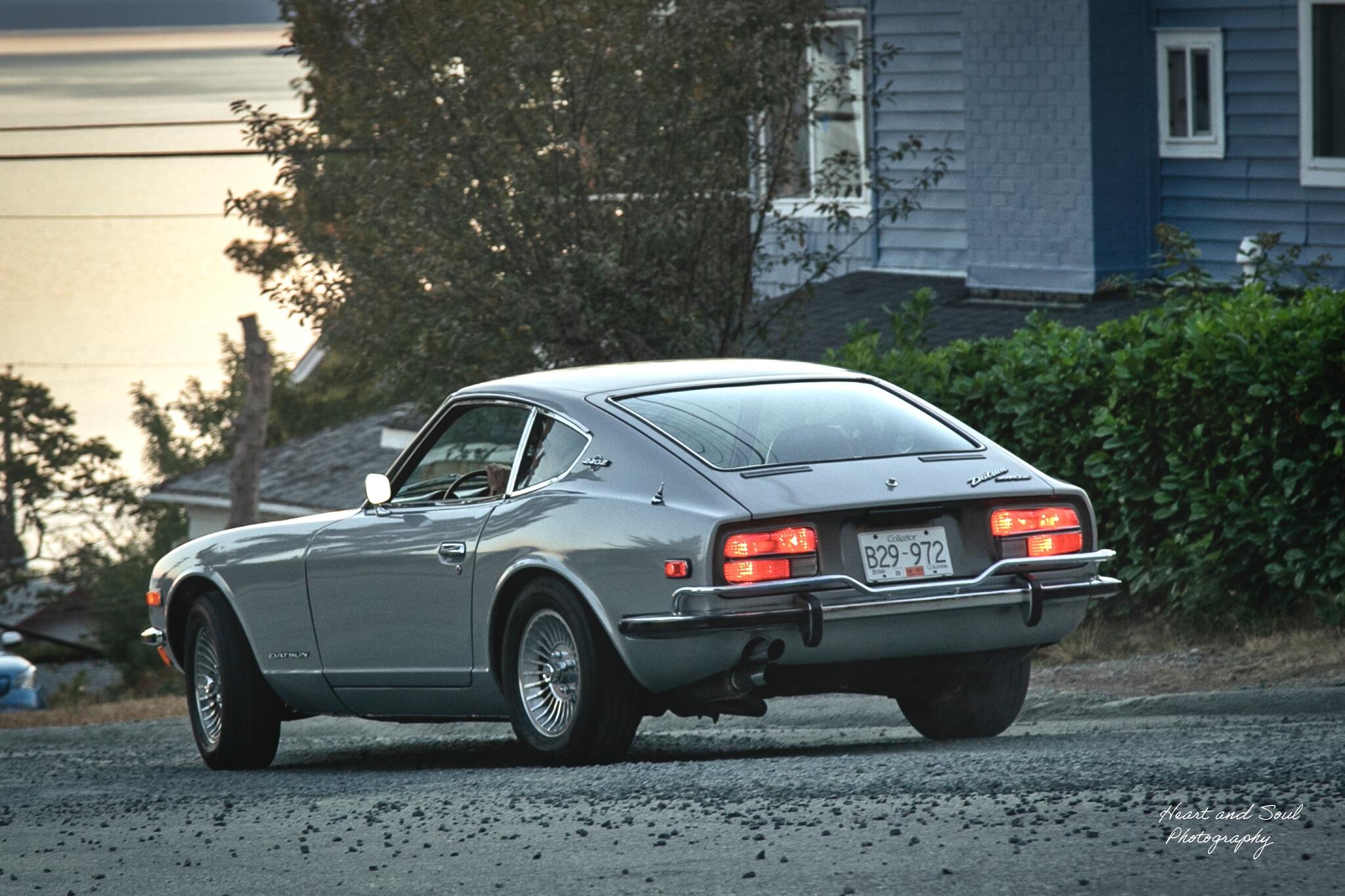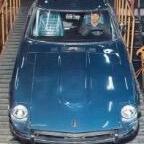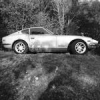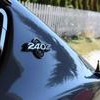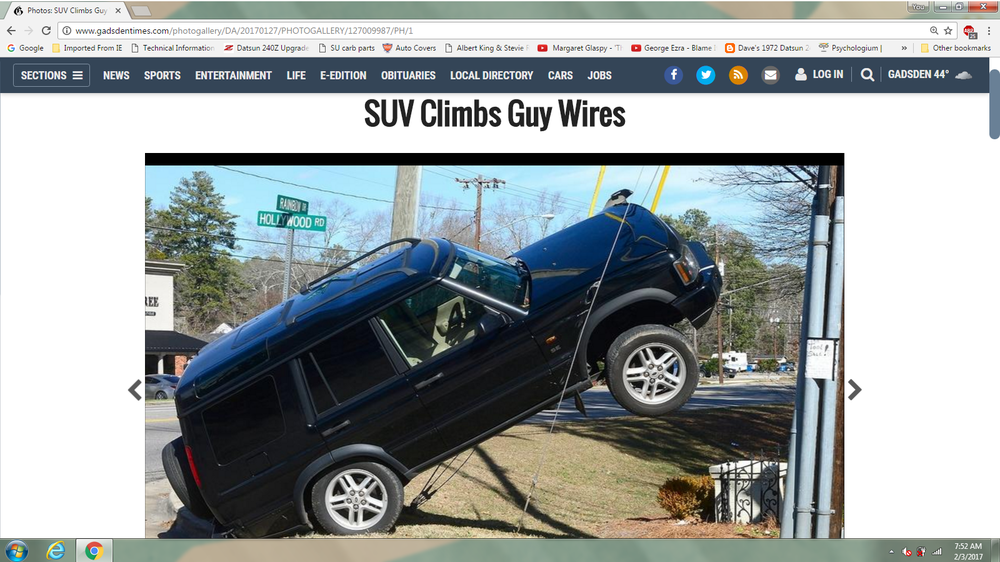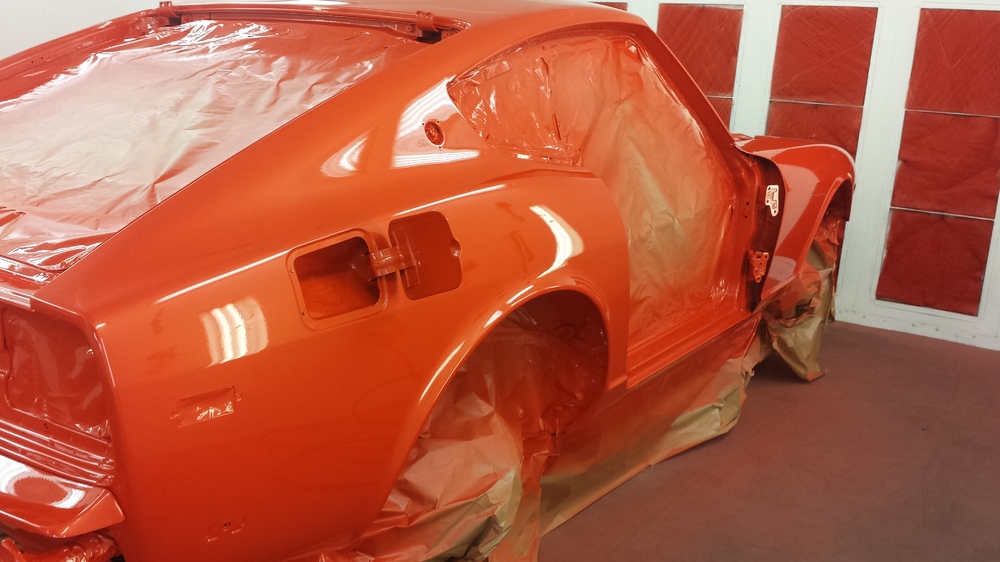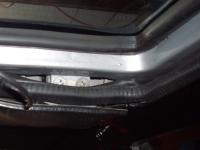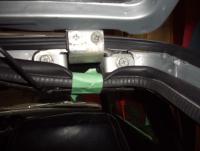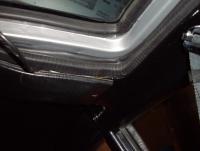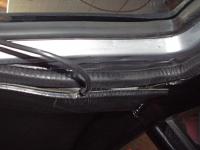As you see above, I've done some assembly of Matt's short-block. Those with experience in building engines please excuse the detail but for the rest of you, following is the way it was done:
Before beginning, I wash up thouroughly and take extra care to get my hands really clean. Also, I never build an engine while wearing gloves of any kind. That may seem odd to some but I like to be able to feel my parts as they go together and wearing gloves prevents feeling any grit or the tiniest particals that may find their way onto my clean engine parts. Gloves can also scratch the fine coating on bearing inserts.
Next, comes cleaning my work area. I do not use compressed air in the area near my parts, but a dust pan and wisk boom to pick up the crud. Once the work area is clean comes setting up my organization and cleaning the engine parts. Acetone and dust free cloth are all I use for bare metal engine parts, and GM Engine Oil Supplement is what I use for assembly.
I set all my parts and reference material in a clean dry location close to my assmbly area, then I begin an inspection of parts, regardless of them being used, recondioned, or new. Even if I've done an inspection previously. I also read my instructions several times before I begin.
On the six-cylinder L-series engines it's important to note that the number 1 and number 7 bearing inserts are wider than the others.
No so important to these engines is the small additional hole in the block insert that feeds the timing chain oiler. Our set of bearings came with this extra little hole in both the wider block inserts so I only had to make certain the inserts were in the proper bearing saddles.
You may think that because you recieve parts in sealed packages they would be clean enough to install, straight away... Not so! The next few photos show the fine grit that came off the bearings and our main bearing caps with a simple wipe with acetone.
Look closely and you will see that there is still residue on the towel after three passes with acetone wetted cloth. A word to the wise... Your parts cannot be too clean!
Cleaning includes deburring the caps and making certain the flats on each boss are in fact true. Lay 400 grit wet-dry paper paper saturated in light oil on the CLEAN work bench and dress the flat, to gently remove any burrs that may have arisen during the block's stay at the machine shop. Then use a small fine file to dress the chamffer on the cap.
When done, I clean the block saddles with acetone.
Stay tuned... There's more to come.
